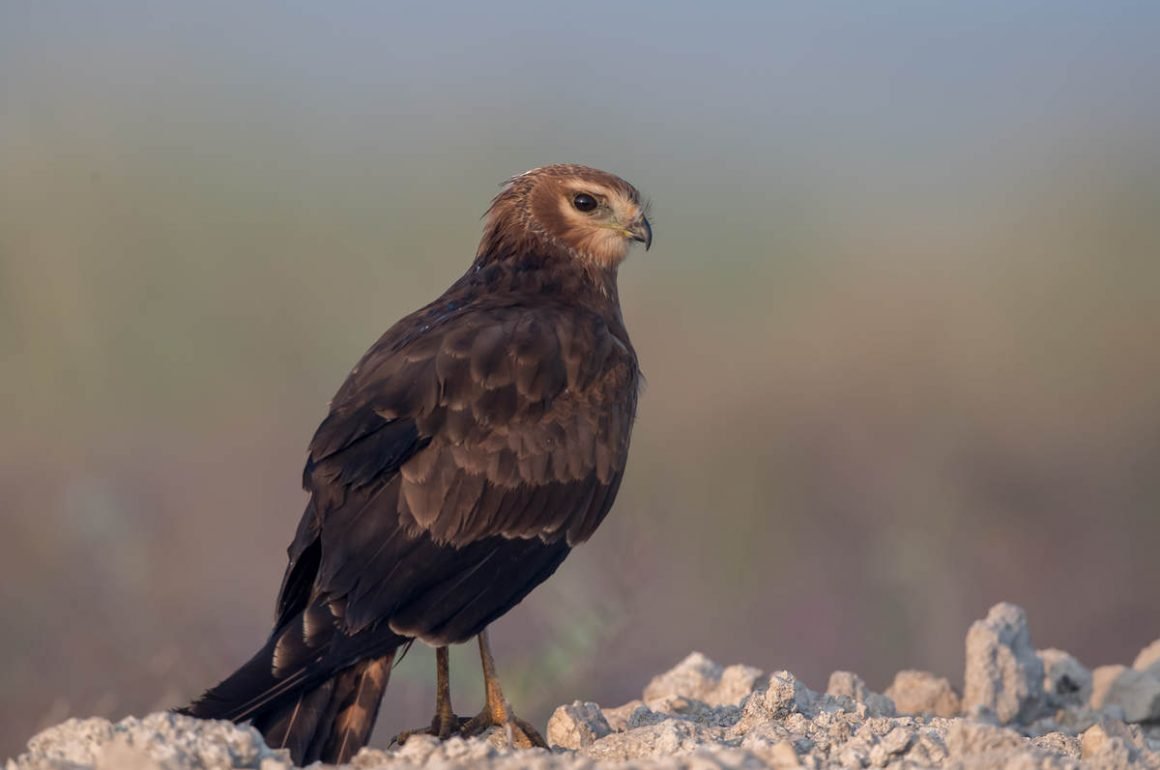
Raptors are not really the main attraction of Nanhui for birders – and given how things develop here recently, soon there will be no attractions left anyway. Still, coming here often guarantees to see some of them eventually. And in my customary environmentally friendly approach to recycling bird photos, I have collected some of them in this post.
However, if you are just reading this blog because you do not have anything else to do, there are many suggestions for alternatives for you in “The To-Do List” by the Felice Brothers.
Should you be impressed by this list and the underlying ambitions, take a look at the migration route of the Amur Falcon (Wikipedia). Still as impressed as before? The falcon breeds in south-eastern Siberia and Northern China but winters in Southern and East Africa. If you take a close look at the migration map, you may see that Nanhui is already slightly off the main track, and indeed we do not get to see too many Amur Falcons here. And those we see constantly stop passers-by to ask for the way to either Siberia or South Africa, depending on the season. That can get annoying.
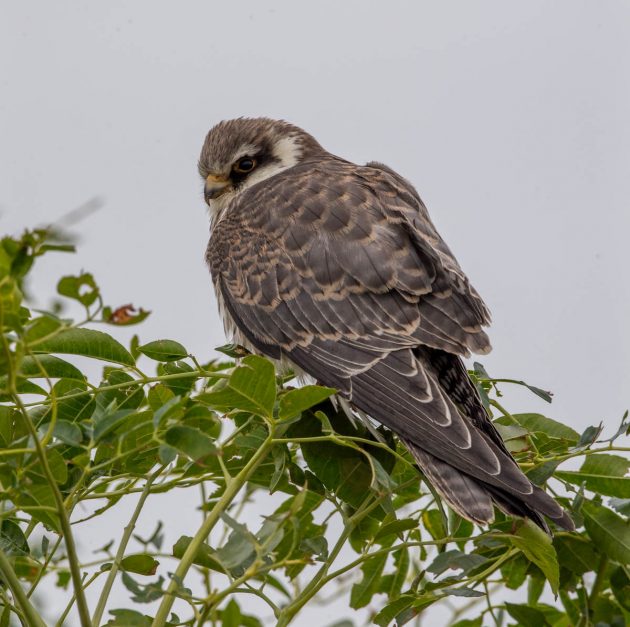

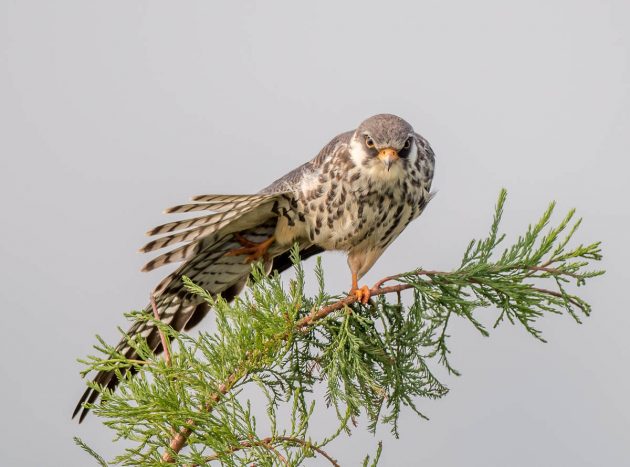
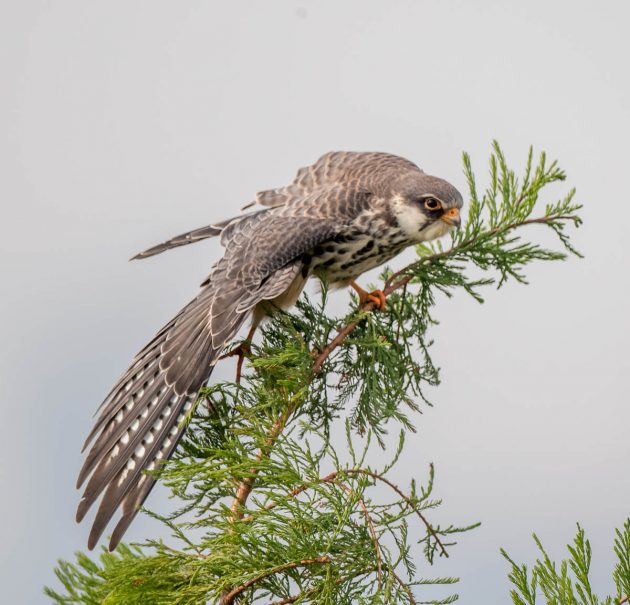
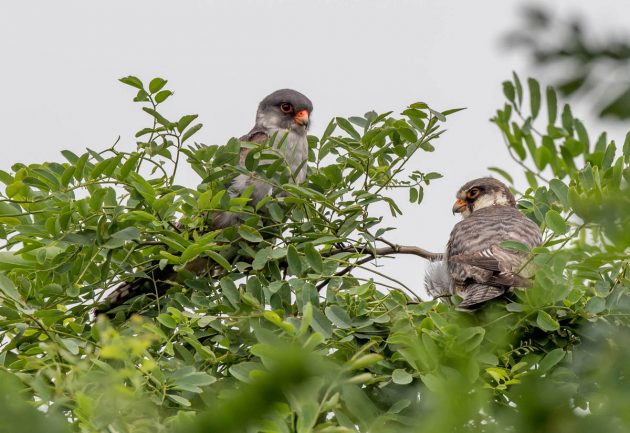
The Black Kite, though very common elsewhere (apparently one of the most common raptors globally – I have myself seen huge numbers in Indian cities) is rare at Nanhui.
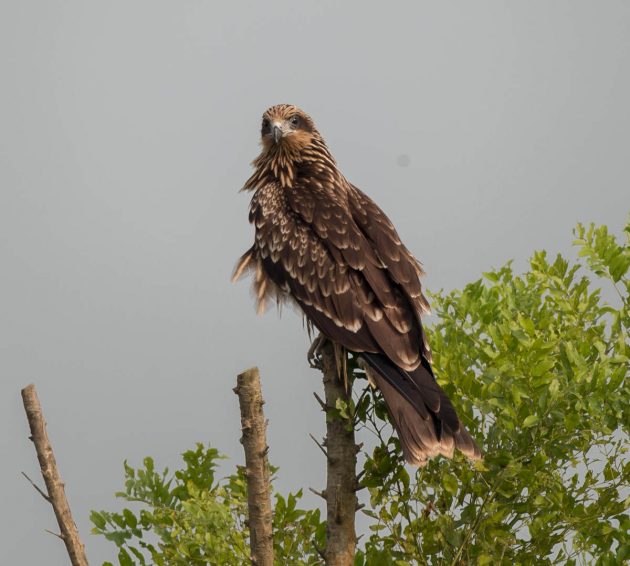
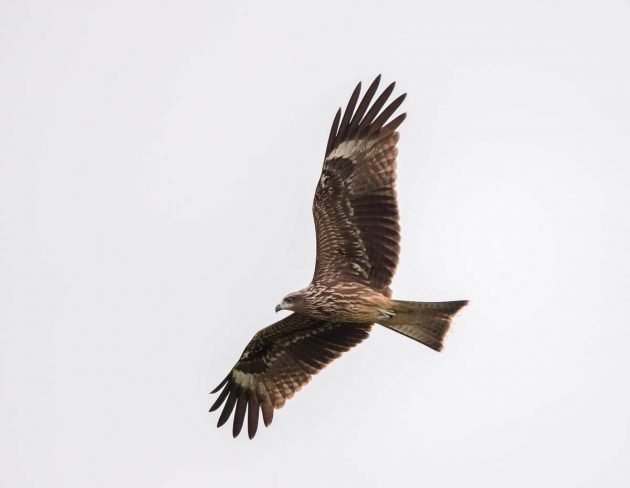
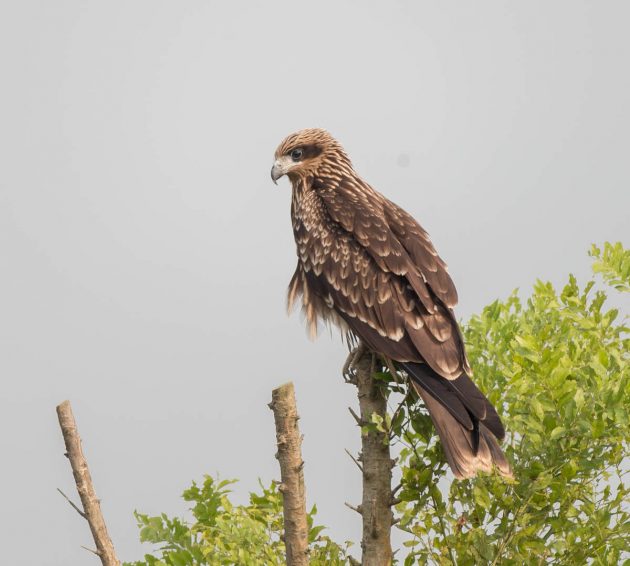
The Black-winged Kite is an elegant pocket-sized raptor which (I think) has become slightly more common at Nanhui in the last few years – which seems to indicate that the species likes partially destroyed nature better than more pristine areas.
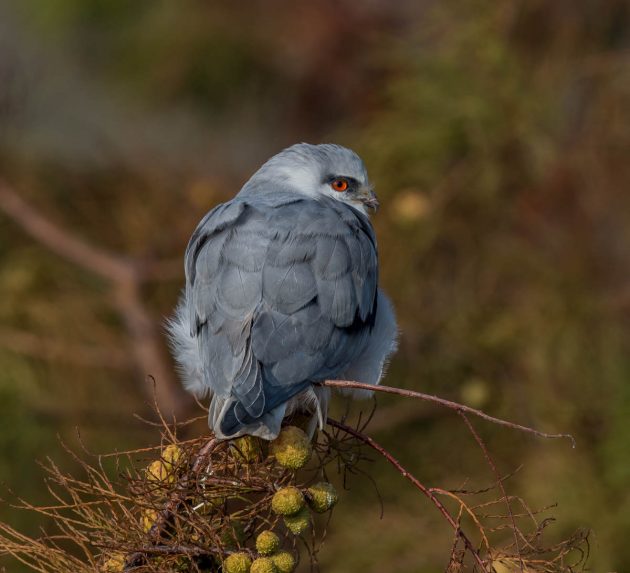
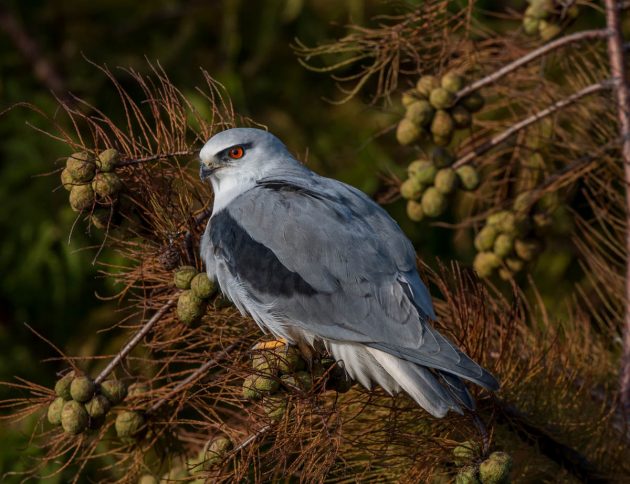
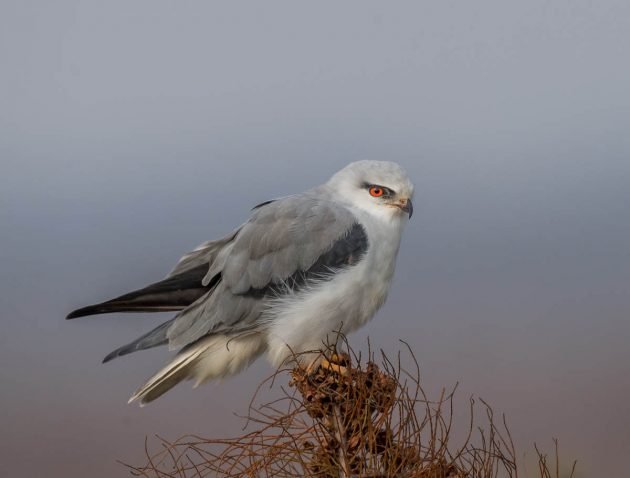
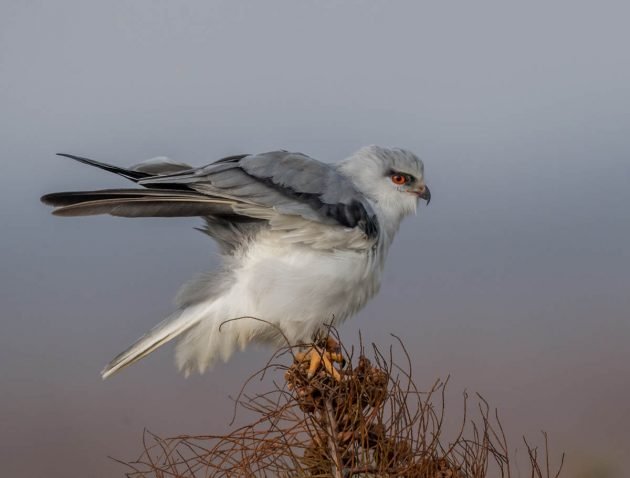
The Latin name of the Chinese Sparrowhawk is Accipiter soloensis, and if (like me) you are wondering (like me) what makes this species particularly solitary (the “solo” in soloensis), you are (like me) barking at the wrong tree. Apparently, soloensis stands for “Discovered in or native to the Solo River valley” (Wikipedia; the Solo river is a river in Indonesia). The species gets a largely positive review on eBird – an “attractive accipiter of wooded habitats”.
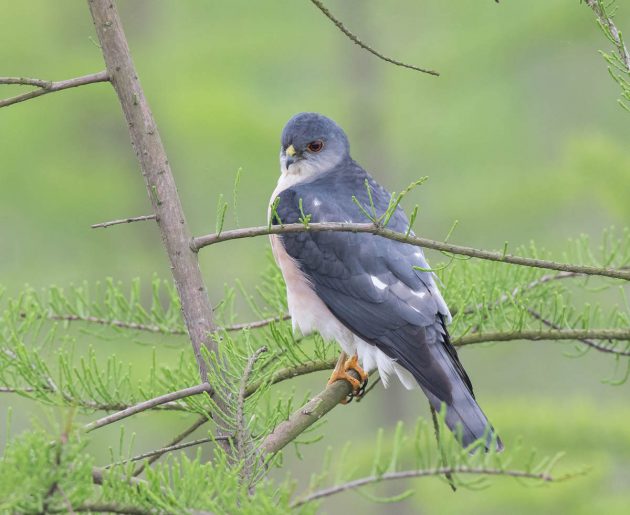
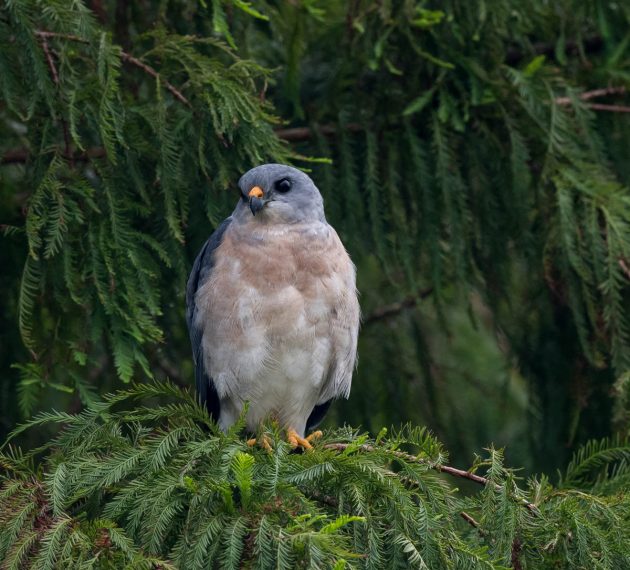
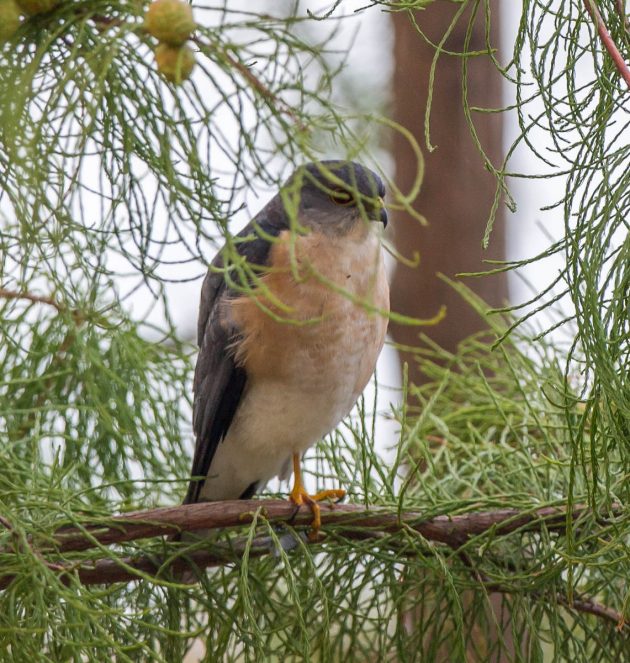
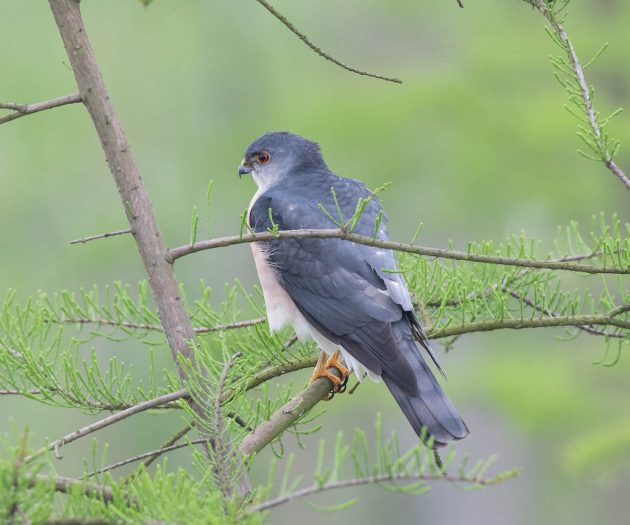
The Common Kestrel is the most common raptor here at Nanhui – so common that one prominent birder here stated “Kestrels bore me” (he pretended to be very excited on another occasion, when a female birder told him about a kestrel she had seen. Male birders basically are just men, I am afraid).
It is not a bird I am ever likely to find boring, though.
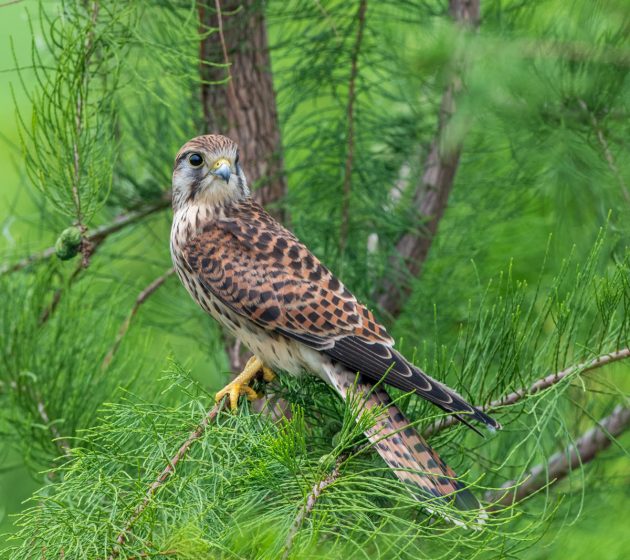
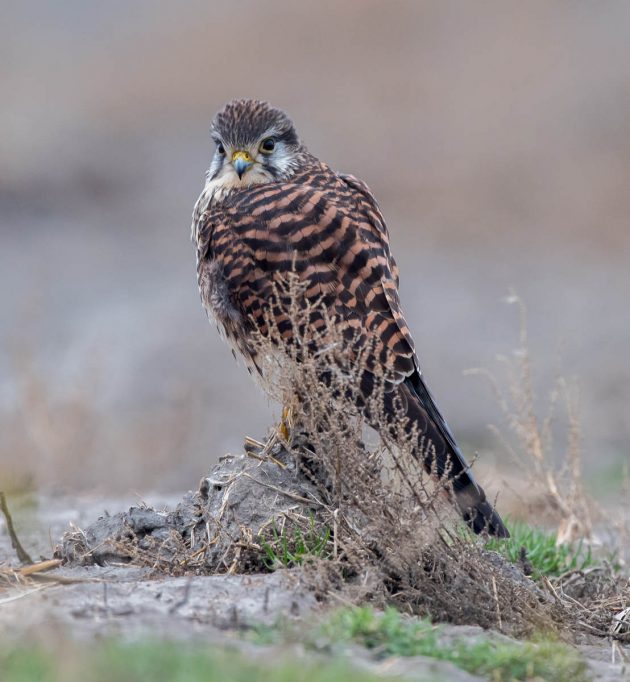
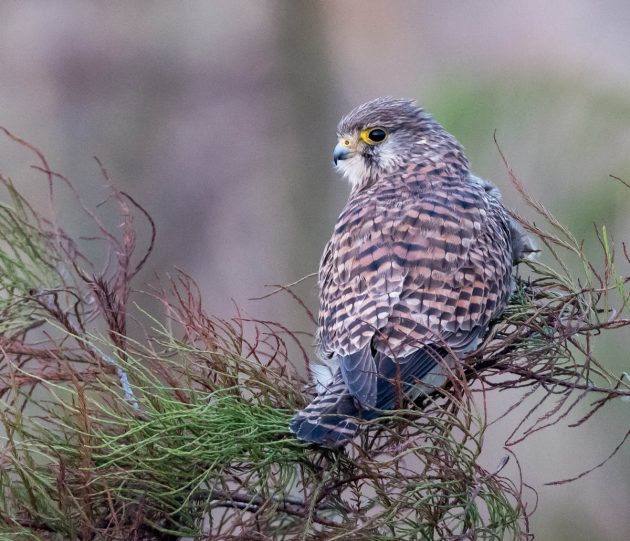
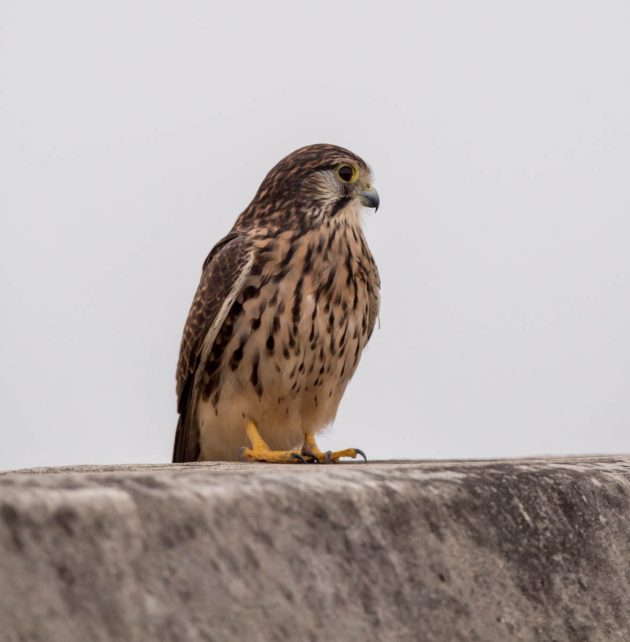
The Crested Goshawk is actually easier to see in some Shanghai parks than at Nanhui. On the other hand, I am rarely seen in these parks – too many people (which the goshawk seems to mind less than me). So, we only very rarely meet, at Nanhui.
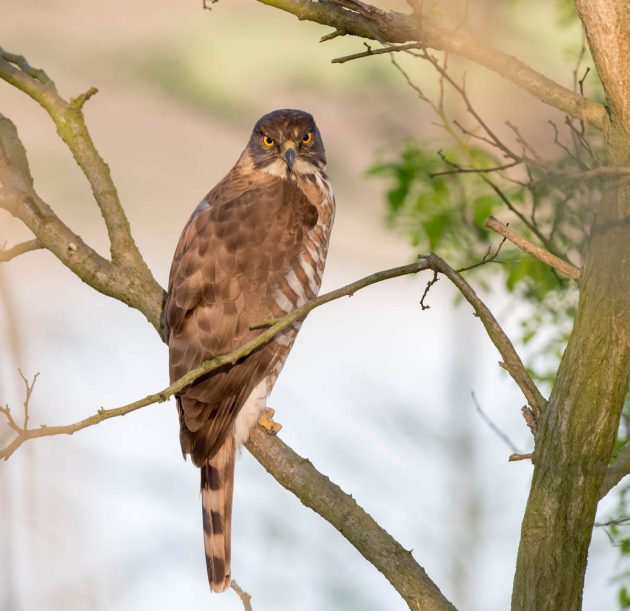
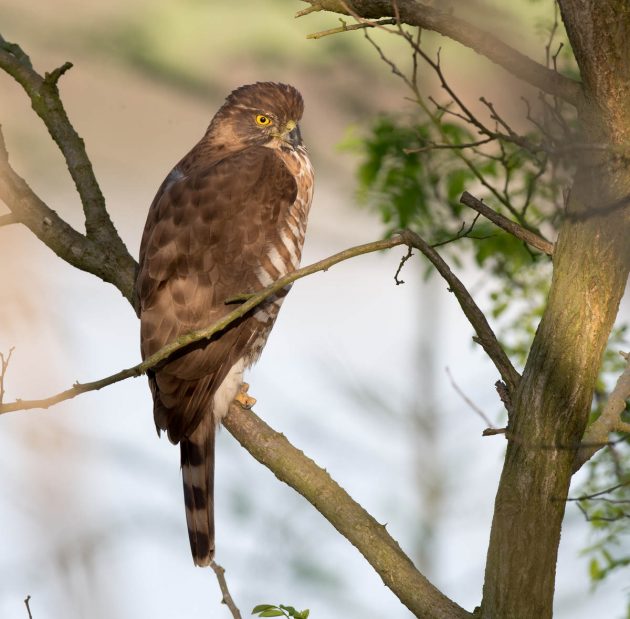
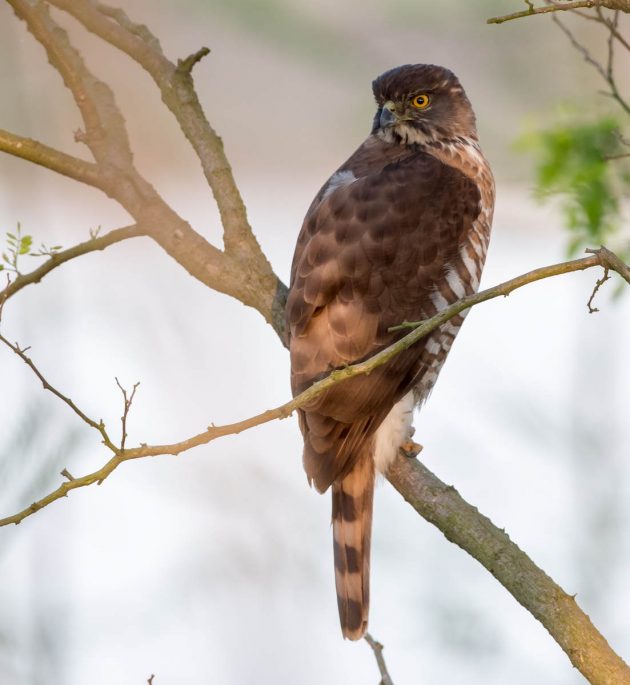
Apart from the kestrel, the Eastern Buzzard is probably the most common raptor here at Nanhui. Much like a teenager struggling to free himself from his parents, this bird tries to break free from being considered just a subspecies of the Common Buzzard – with limited success so far. Confusion ensues (HBW): “Usually considered conspecific with B. buteo … Weakly distinct morphologically, more so vocally and strongly so genetically; evidently much hybridization in recent past, and species boundaries likely to be redrawn with further research, but present arrangement, although unlikely to be supported by the scoring system used herein, appears appropriate in the interim.”
In other words, ornithologists seem to think that the current status is wrong, but have no good alternative either.
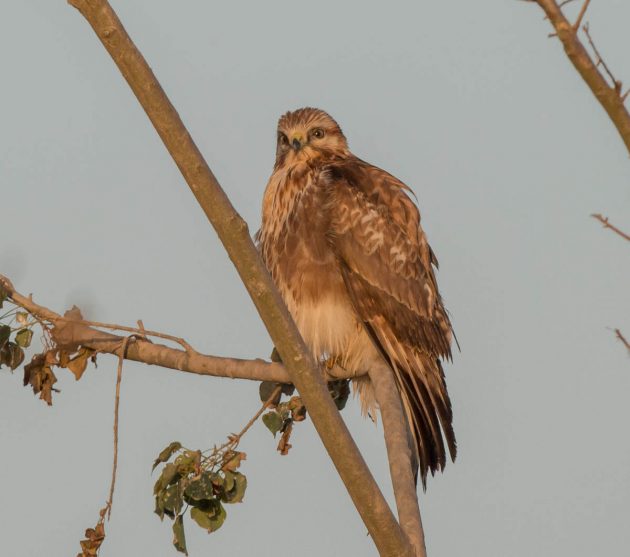
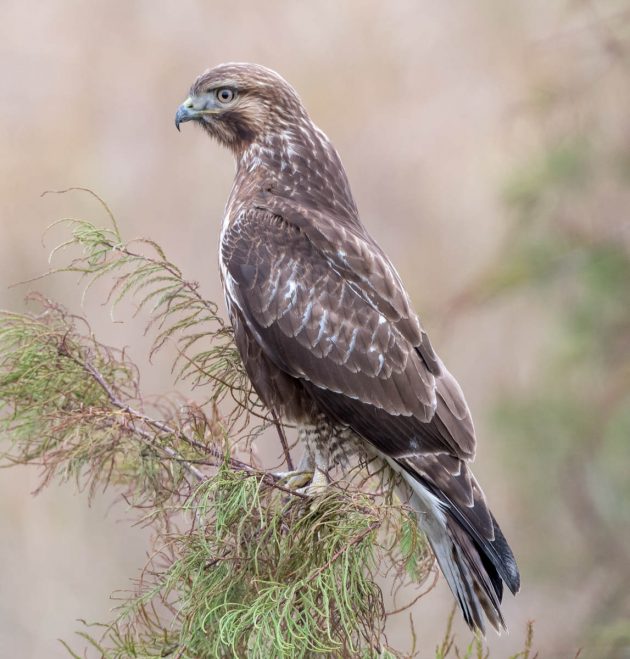
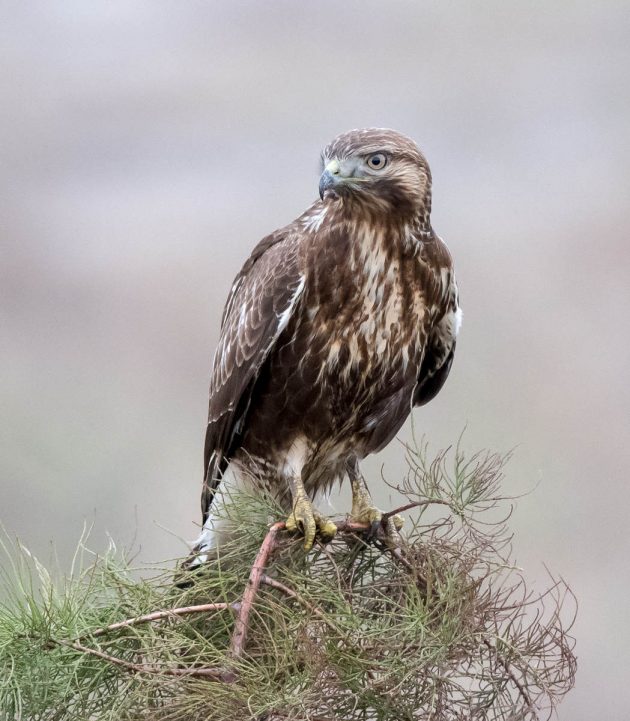
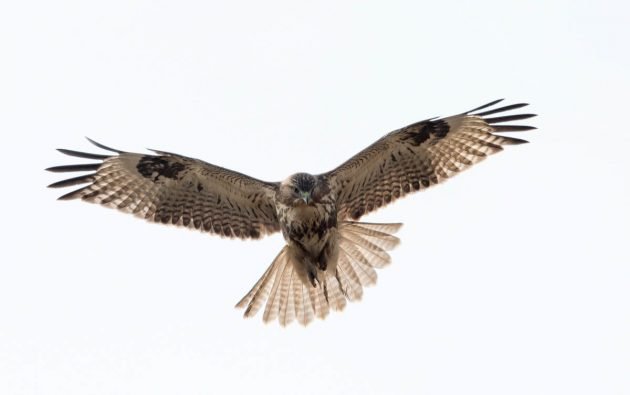
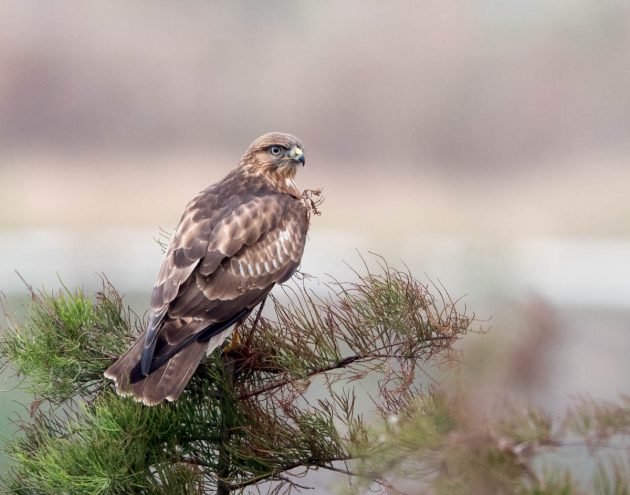
eBird describes the Eastern Marsh Harrier as a “common patroller above reedbeds”. Given that Nanhui is partly being destroyed and partly its reedbeds are replaced by government-approved trees, I hope this bird is flexible enough to become a common patroller over stumpy little trees. Otherwise, bye-bye.
Well, it is classified as Least Concern, so who cares – though confusingly, the HBW also admits that there is “very little information available about population sizes and trends.” If in doubt, just classify species as LC?
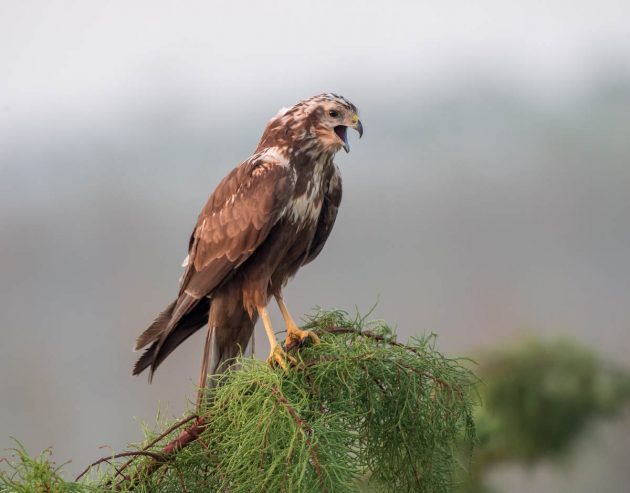
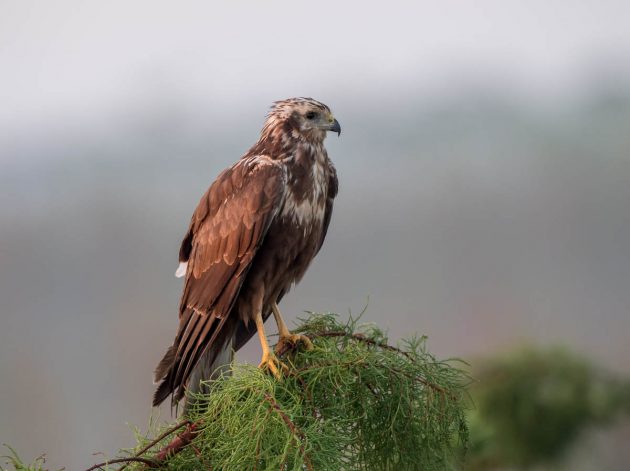
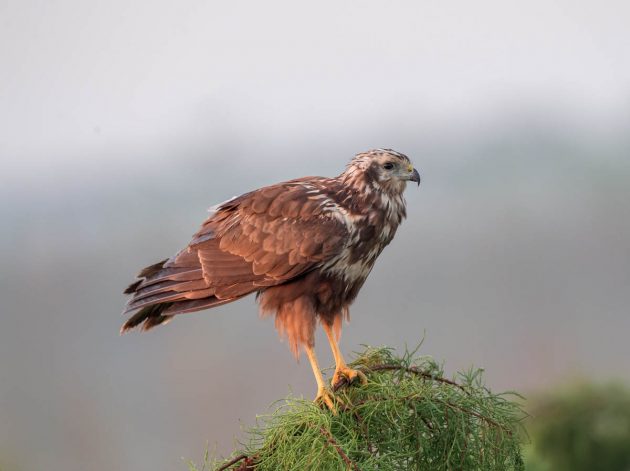
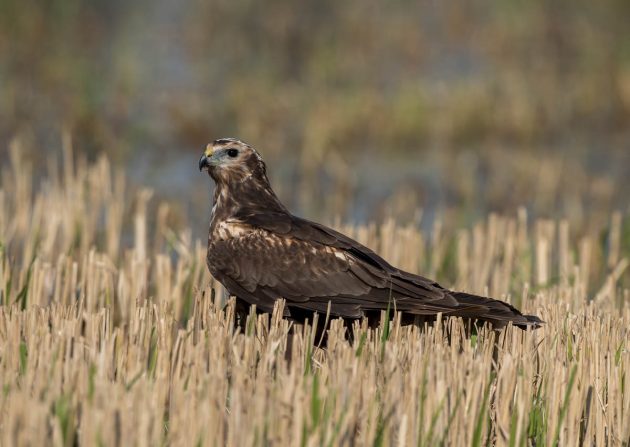
While I thought that the two photos below are Eurasian Hobbies, Paul Holt fortunately let me know that they also are Peregrine Falcons. If you ever need help with bird id, make sure to ask him, not me.
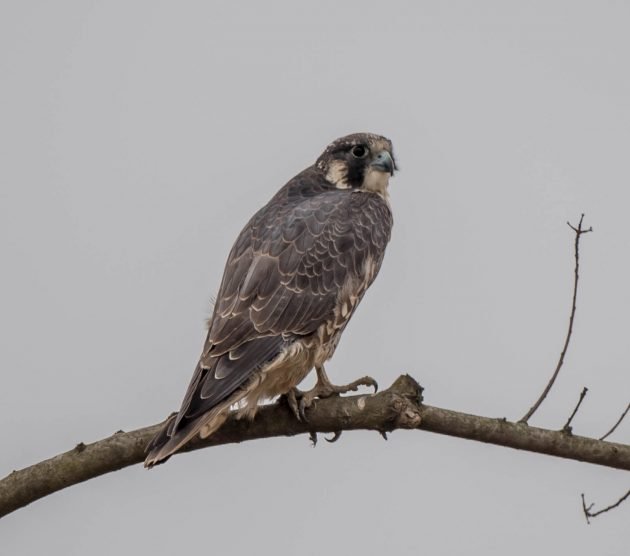
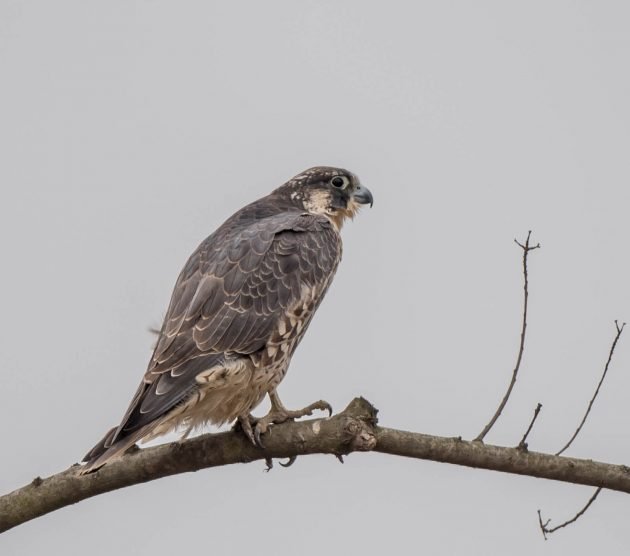
The Eurasian Sparrowhawk already featured prominently in a recent blog post of mine. So, just a quick reminder here.
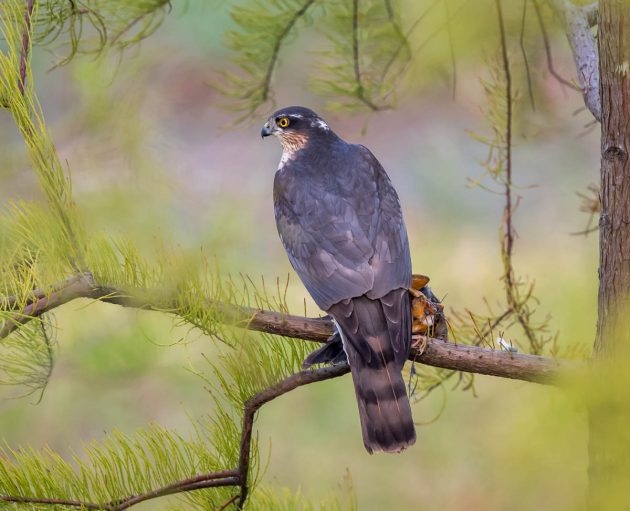
The Grey-faced Buzzard does not look particularly grey-faced to me. Its success rate when attacking prey was 27% (157 of 581 attacks on prey successful in Honshu, Japan; HBW), and thus slightly higher than the success rate of my jokes in this blog.
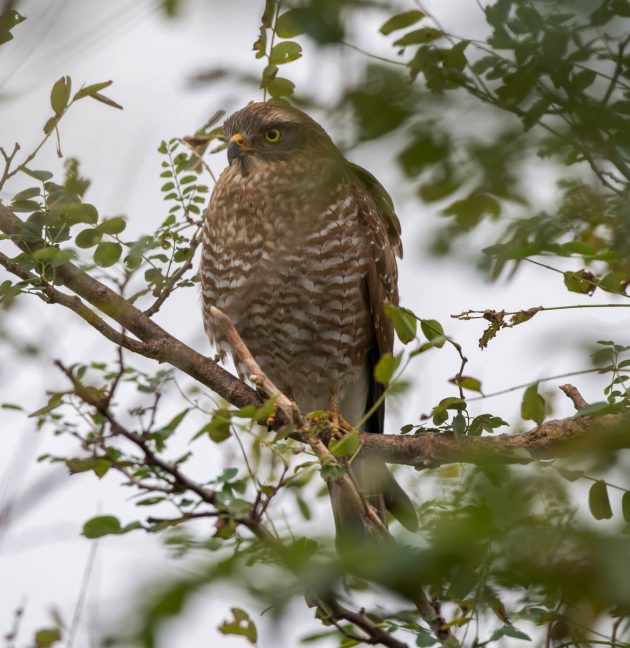
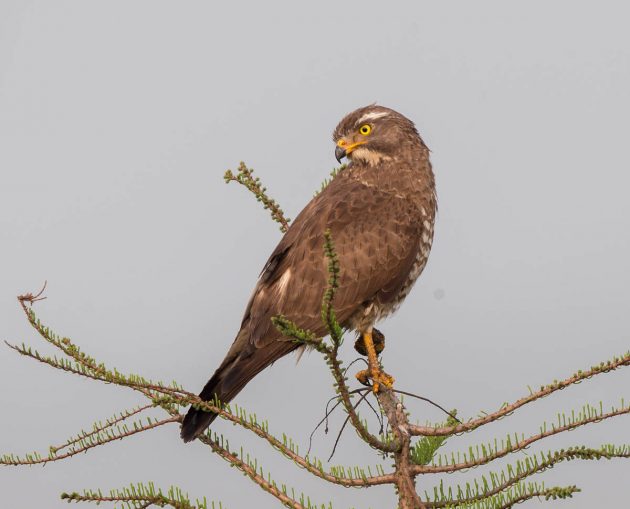
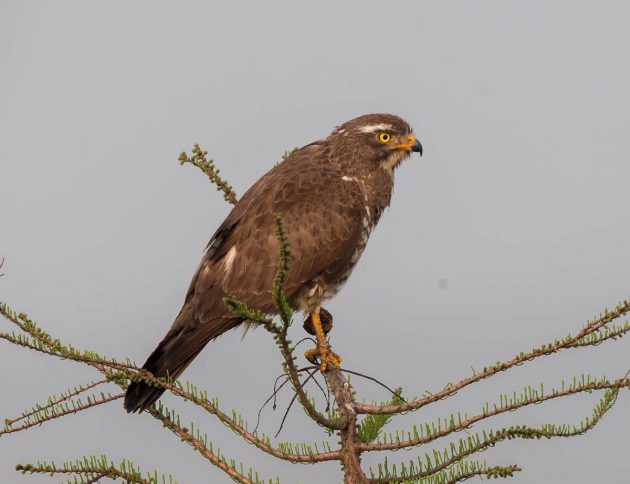
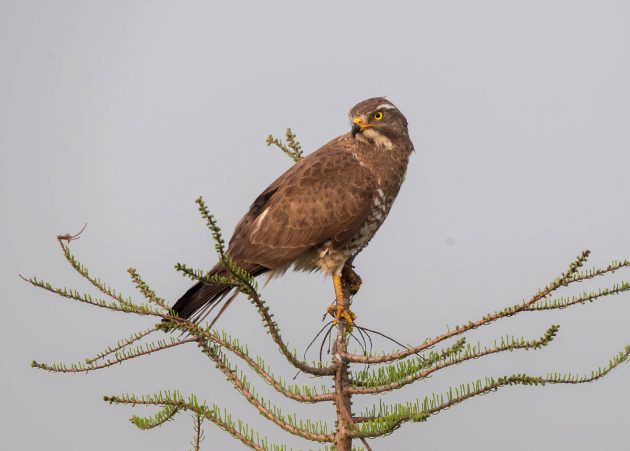
It is difficult for me to distinguish between the Japanese Sparrowhawk and the Chinese one, particularly given that the overall look seems to depend much more on sex and age than on the species. While my thus exposed lack of bird id skills depresses me somewhat, I found comfort in a short note in the HBW entry on the conservation status, where it says ” In the past, thought to be much more common than A. soloensis [Chinese Sparrowhawk] in Greater Sundas, but more recent work revealed that at least on Java and Bali, soloensis was the more numerous of the two”. Good that I am not alone in my ignorance.
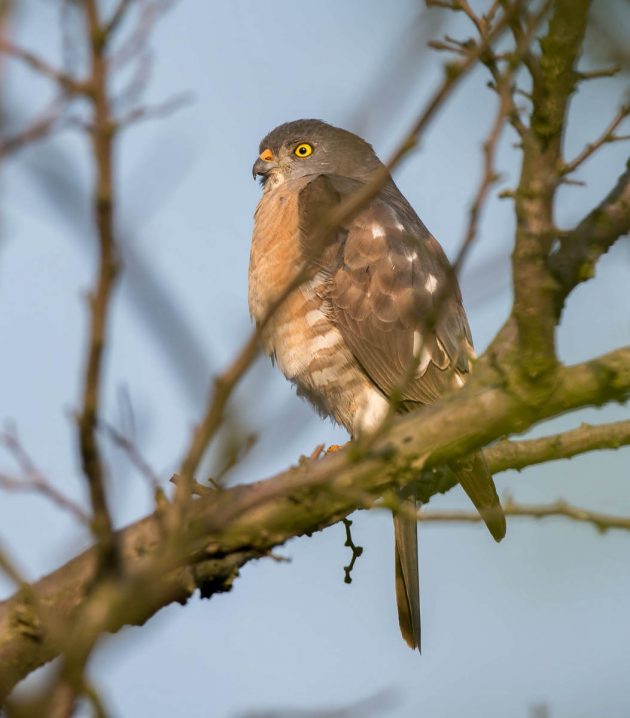
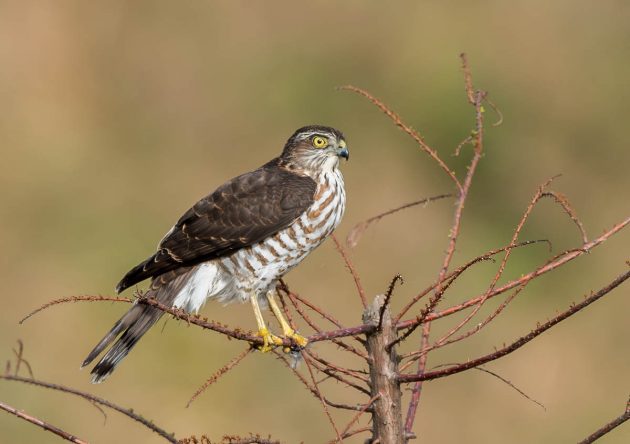
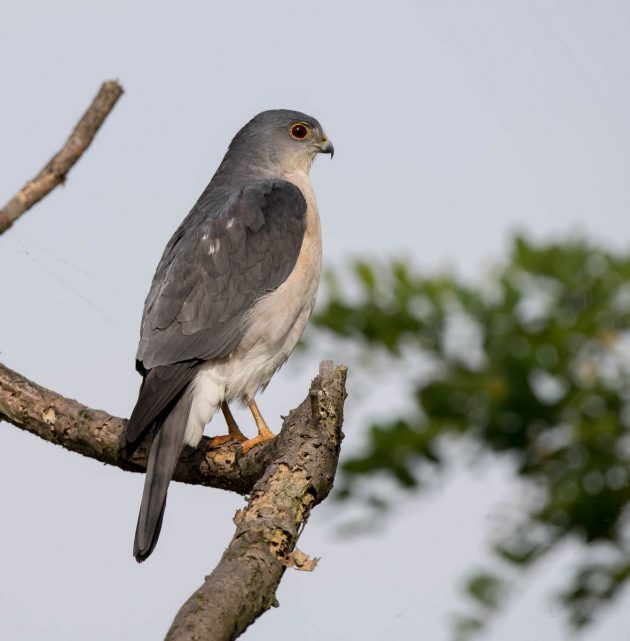
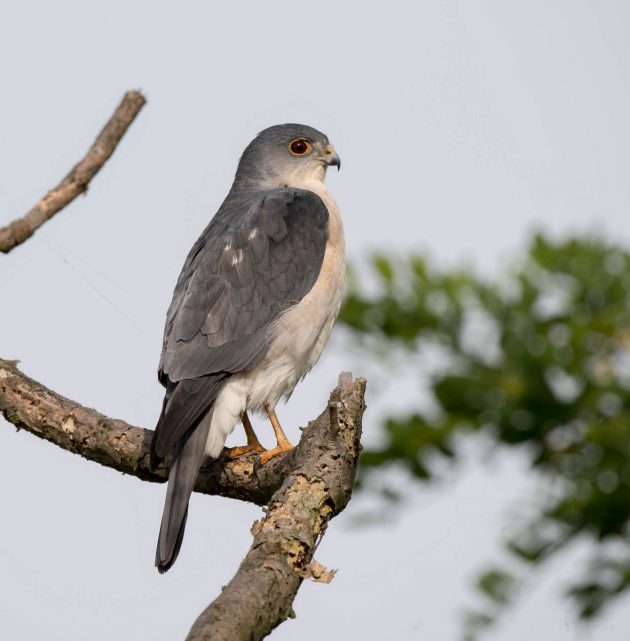
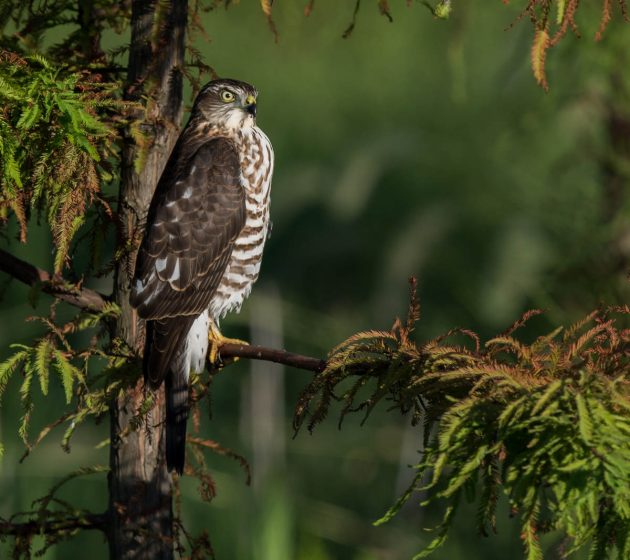
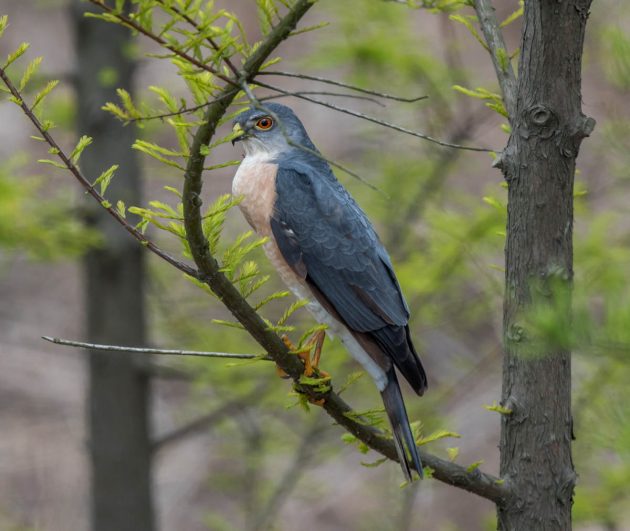
The Northern Goshawk gets the HBW into a slightly lyrical mode: “Whether carried afield on the fists of Japanese shoguns or by medieval falconers of Europe, Goshawks have seen much human history. Revered as symbols of strength, a Goshawk adorned the helmet of Attila the Hun.”
Given that it is a species occurring in the US, ample space is dedicated to it. For example, the entry on its habitat spans 1518 words compared to a mere 50 words for the (non-US) Crested Goshawk. So, if you want attention from ornithologists, you better be a North American species.
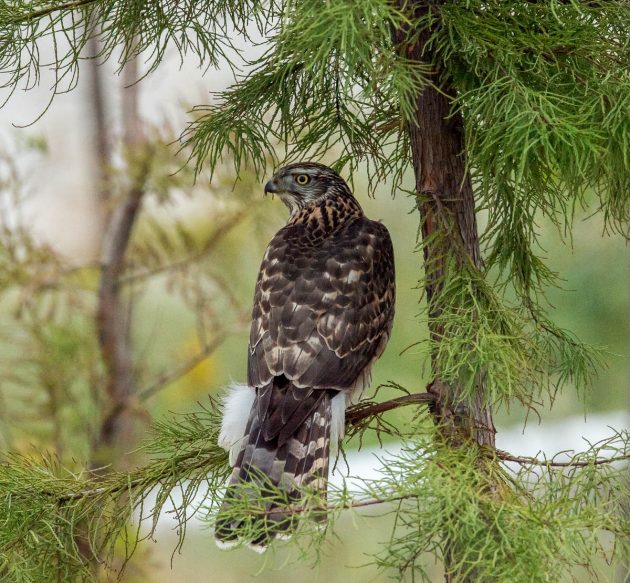
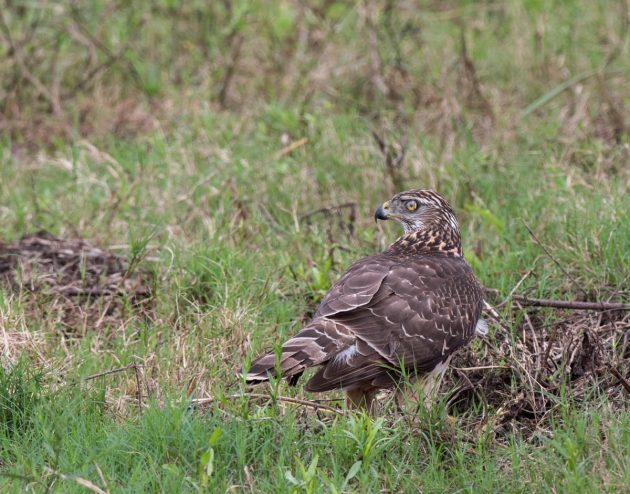
Weirdly enough given the taste of the different items, the Crested Honey-buzzard prefers bee and wasp larvae over their honey. Here in Shanghai, we only get to see those individuals breeding in the North (Northern China, Nothern Japan, Siberia) and not those less ambitious individuals staying further south year-round.
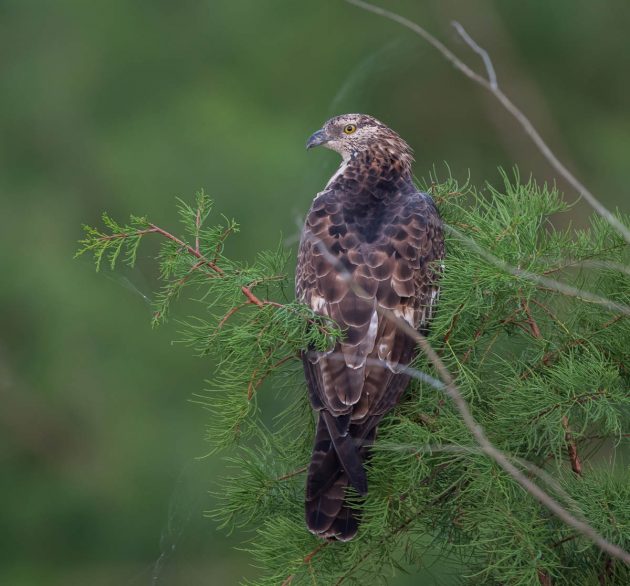
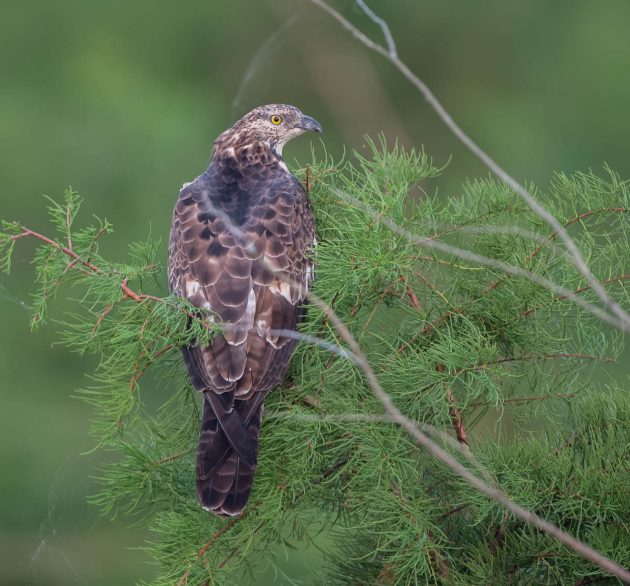

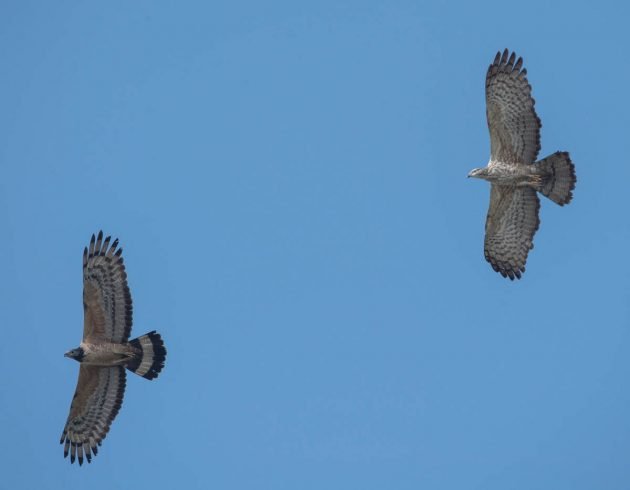
The Chinese name for Osprey is fish eagle – appropriate given that apart from spaghetti and pineapples, the diet of ospreys consists mostly of fish. One of the online dictionaries (yellowbridge) curiously describes the species as a “large harmless hawk”, presumably to point out the contrast between the osprey and various man-eating other raptors.
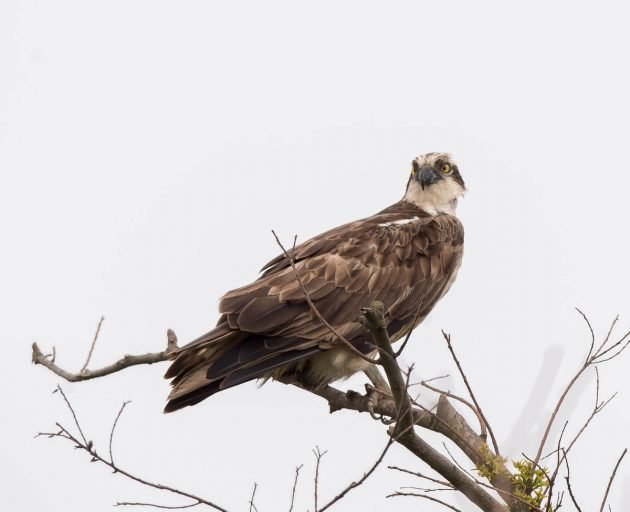
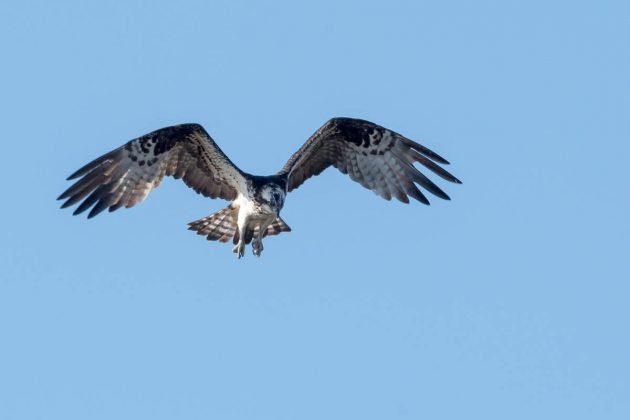
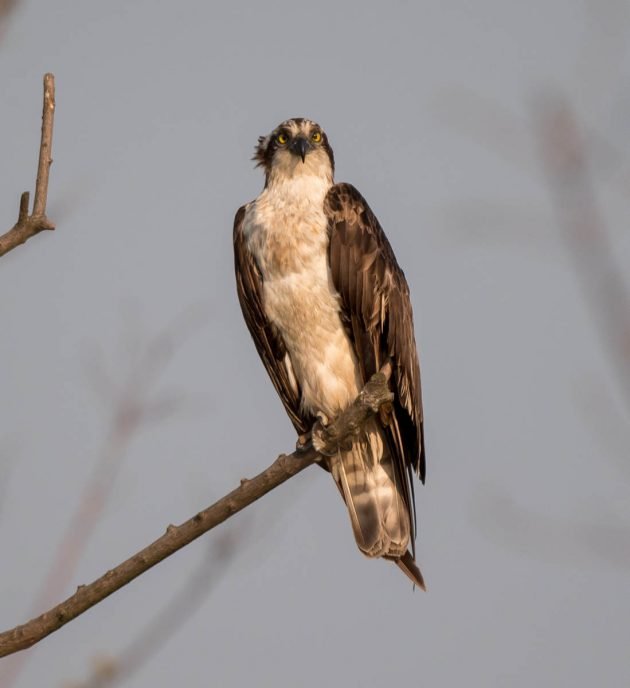
When a Peregrine Falcon is late for an important date, it is the fastest-moving animal in the whole animal kingdom.
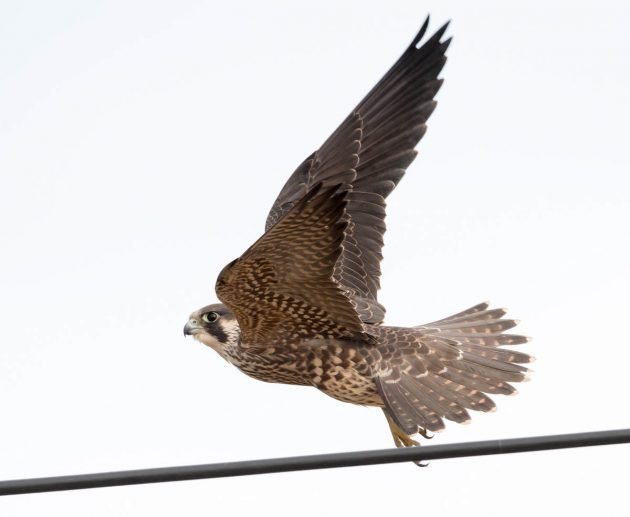
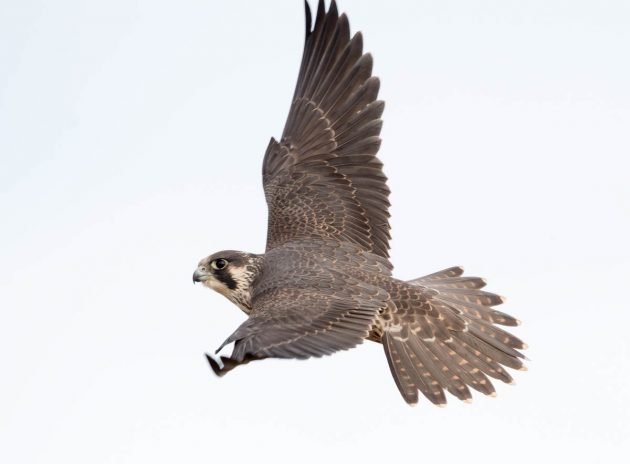
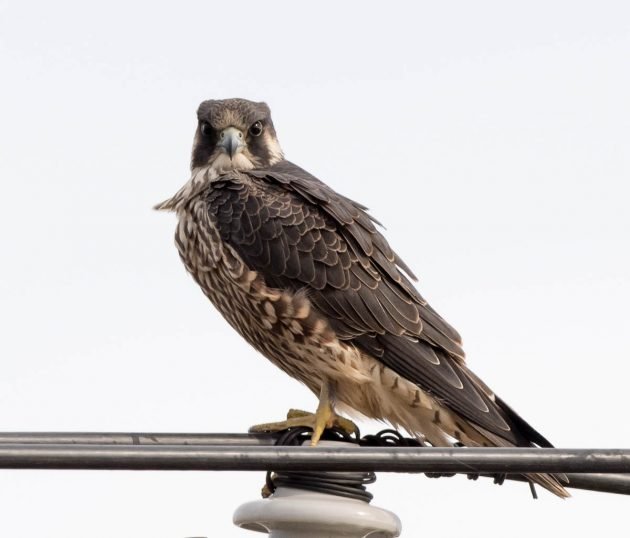
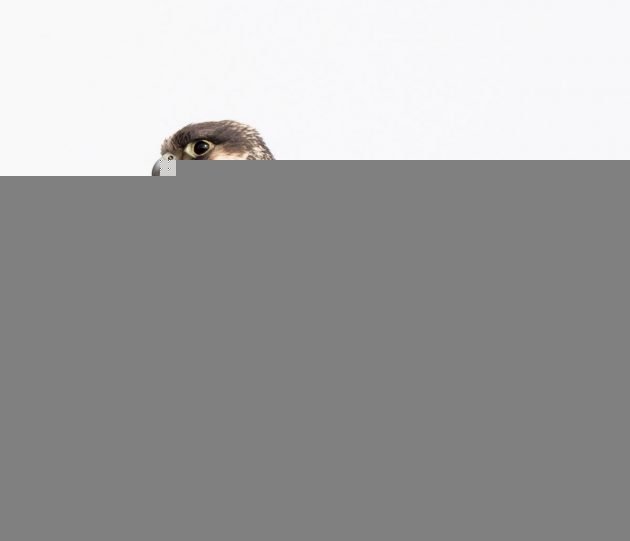
Given the ongoing destruction of Nanhui, I have probably missed my chance to get a decent photo of a male Pied Harrier. Well, the female is attractive, too.
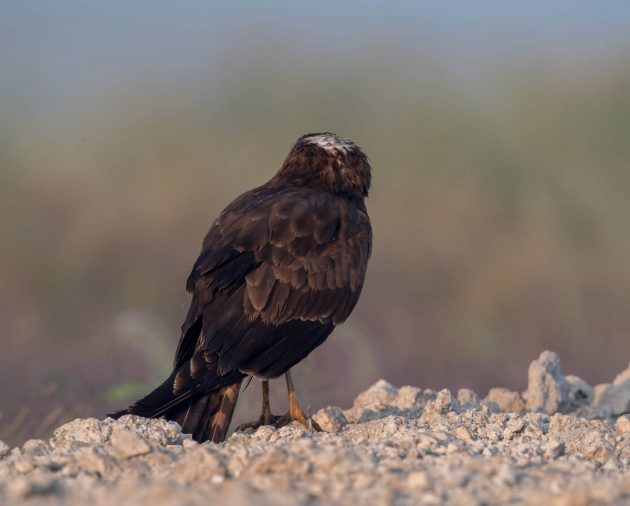
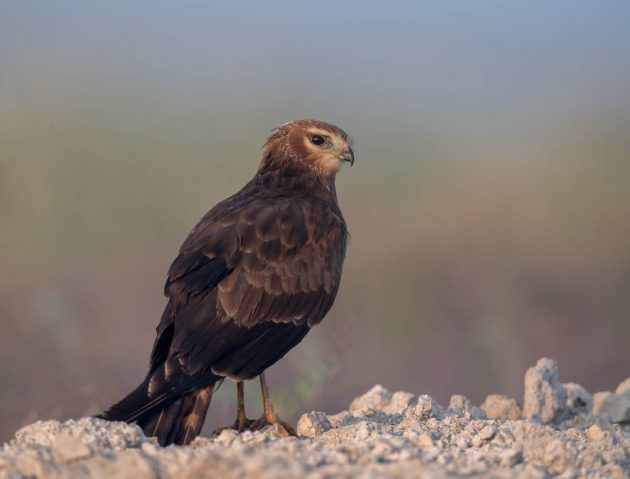
I will end this post with a line from another great song “Down Down the Deep River” by Okkervil River:
“But it’s not all right
It’s not even close to all right”
Not about the ongoing destruction of Nanhui, but could well be.













Hey, I live out in Pudong area near the Jinhai Wetlands and just saw quite a large raptor in my community whilst walking my dog. I’ve seen falcons quite commonly but this is easily the largest raptor I’ve seen, based on your article I am thinking that it may have been an Eastern Marsh Harrier as we have quite a bit of wetland around here, though much of it is being destroyed sadly. I took a short clip of it flying off, I’d love to send it to you to see if you have any idea what it may have been.
Sure, feel free to send me the video, I will be happy to take a look.